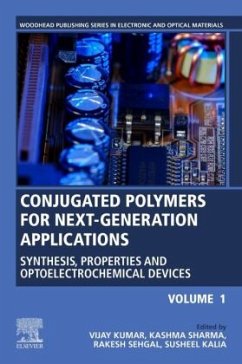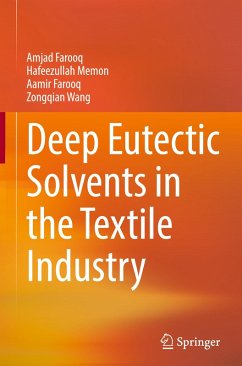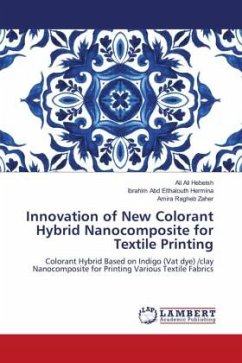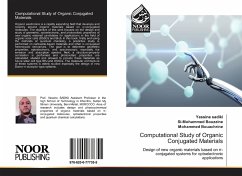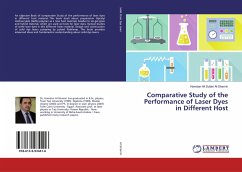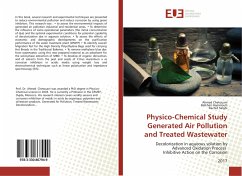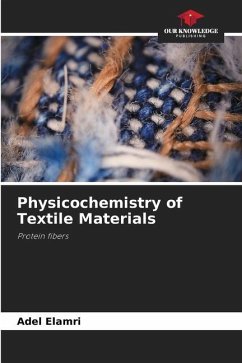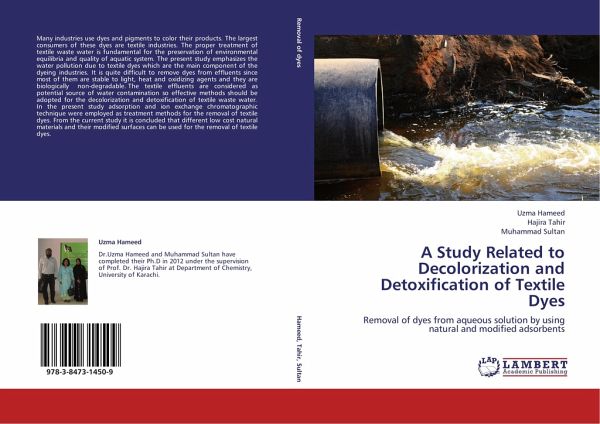
A Study Related to Decolorization and Detoxification of Textile Dyes
Removal of dyes from aqueous solution by using natural and modified adsorbents
Versandkostenfrei!
Versandfertig in 1-2 Wochen
52,99 €
inkl. MwSt.

PAYBACK Punkte
26 °P sammeln!
Many industries use dyes and pigments to color their products. The largest consumers of these dyes are textile industries. The proper treatment of textile waste water is fundamental for the preservation of environmental equilibria and quality of aquatic system. The present study emphasizes the water pollution due to textile dyes which are the main component of the dyeing industries. It is quite difficult to remove dyes from effluents since most of them are stable to light, heat and oxidizing agents and they are biologically non-degradable. The textile effluents are considered as potential sour...
Many industries use dyes and pigments to color their products. The largest consumers of these dyes are textile industries. The proper treatment of textile waste water is fundamental for the preservation of environmental equilibria and quality of aquatic system. The present study emphasizes the water pollution due to textile dyes which are the main component of the dyeing industries. It is quite difficult to remove dyes from effluents since most of them are stable to light, heat and oxidizing agents and they are biologically non-degradable. The textile effluents are considered as potential source of water contamination so effective methods should be adopted for the decolorization and detoxification of textile waste water. In the present study adsorption and ion exchange chromatographic technique were employed as treatment methods for the removal of textile dyes. From the current study it is concluded that different low cost natural materials and their modified surfaces can be used for the removal of textile dyes.



